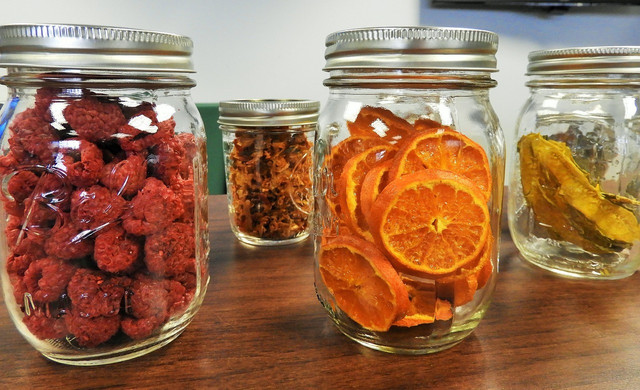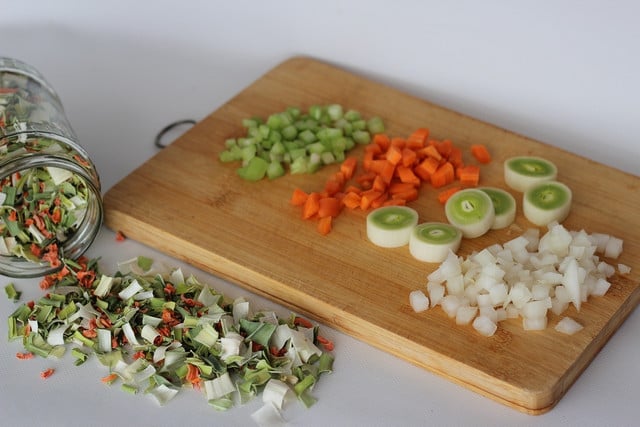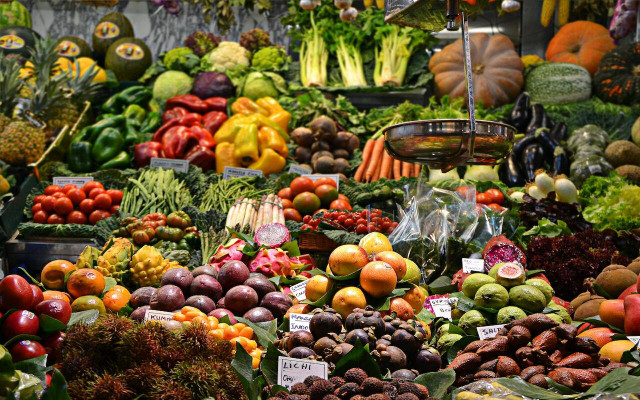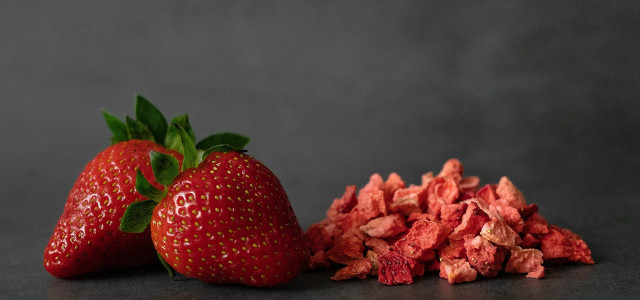What is freeze-drying? If you're looking for ways to preserve food and limit food waste, you may have stumbled across this method. We'll take a closer look.
Freeze-drying is a low-temperature dehydration method also known as lyophilization. It uses sublimation (transition from solid to gas state) to remove water as opposed to other dehydration methods which use heat to evaporate the water content. Much like other preservation methods, freeze-drying is used to extend the shelf-life of food while maintaining quality.
The concept of freeze-drying may seem modern but actually has ancient roots. The Incans have been freeze-drying potatoes for centuries. They were able to accomplish this by taking potatoes up into the Andes to freeze overnight, wringing out the water, and allowing them to dry in the sun during the day. This process was repeated until they were left with what was known as chuños.
Nowadays, this preservation method is hugely popular for astronauts, the military, modern homesteaders, and outdoor adventurers. Let’s take a closer look at what freeze-drying is and whether or not it’s sustainable.
How Does Freeze Drying Work?



(Foto: CC0 / Pixabay / CSU-Extension)
Freeze-drying is highly regarded as one of the best drying techniques for food because the flavors and nutrients are well preserved and the structural integrity is maintained. The process is relatively straightforward:
- Trays of food are placed in the freeze dryer where they are frozen to a temperature between -30 and -50F.
- A vacuum pump pulls all the air out of the chamber and the trays are heated slightly.
- As the water content in the food is heated, it becomes gaseous and is removed from the food. This helps to eliminate up to 98 percent of the food’s water content.
Can You Freeze-Dry Foods at Home?



(Foto: CC0 / Pixabay / 6091236)
The process of freeze-drying foods requires expensive specialized equipment making it out of reach for the average home. There is a way to freeze dry foods at home using your freezer, but it is a time-consuming process. Here’s how to do it.
To freeze dry with a freezer:
- Wash, dry, and cook the food – this will help kill any bacteria.
- Cut the food item into small, 1-inch squares.
- Spread out in a single layer on a baking sheet and place in the freezer.
- Leave it for approximately 2 weeks before testing your items.
- Take a piece out of the freezer and allow it to thaw. If it turns black or dark brown, the freeze-drying process isn’t complete, so keep waiting. When a tested piece maintains its color when thawed, you have successfully freeze-dried your food.
- Store in an airtight container until ready to use.
Alternatively, there is a way to freeze-dry at home using dry ice, which you can ask for in many grocery stores across the country. As a general rule of thumb, use one pound of dry ice per pound of food and attempt this freeze-drying method on a day with zero percent humidity.
To freeze dry with dry ice:
- Put the food in freezer-safe bags and place them in a large cooler.
- Cover the bags with dry ice and wait 24 hours.
- Remove the bags of food, use a vacuum sealer to remove any excess air, and store the food.
Tip: When dealing with dry ice, remember to use personal protective equipment.
Suitable Foods for Freeze-Drying



(Foto: CC0 / Pixabay / Veganamente)
One of the most common freeze-dried items is actually instant coffee grounds, but there are plenty of other foods that are suitable for freeze-drying, including:
- Fruits: Apples, bananas, apricots, berries, melons, tropical fruits, grapes, stone fruit
- Vegetables: Carrots, broccoli, beans, celery, peas, peppers, potatoes, squash, spinach
- Meat: Chicken, fish, pork, beef, turkey, game meat
- Eggs and Dairy: Ice cream, milk, yogurt, cheese
In addition to individual food items, you can also freeze-dry entire main courses like casseroles, chilis, pasta, pizza, soups, and stews.
Is Freeze Drying Sustainable?



(Foto: CC0 Public Domain / Unsplash / Jacopo Maia)
Freeze drying on a commercial scale is an energy-intensive undertaking. When compared to other heat-based dehydration methods, it requires four to ten times more energy output. Home freeze-drying methods may also require the use of plastics, like freezer bags.
On the other hand, the benefits of reducing food waste and enabling food to be preserved with the nutritional properties intact may actually outweigh the intensive energy consumption. Freeze-drying food can be a great resource in ensuring a regular supply of food. When there is a surplus of food, it can be freeze-dried and stored in case a deficit exists the following year.
Read more:
- Egg Wash Recipe to Preserve Fruit and Vegetables
- Pickling vs. Fermenting: What’s the Difference?
- How to Store Apples: Easy Ways to Keep Them Fresh
Do you like this post?







